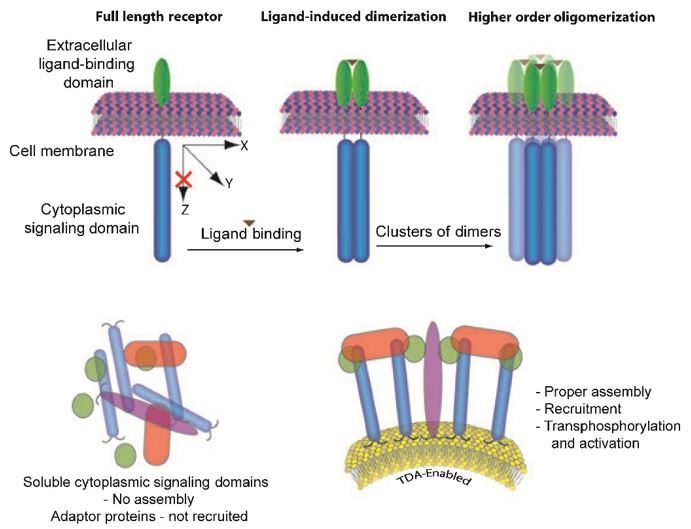Over the years, vigorous research efforts and advances in peptide and protein synthesis, modification, and analysis have led us to believe that an understanding of the protein folding lies within reach. The goal of creating new proteins with tailored structural and functional attributes is just around the corner. Creative Biolabs is dedicated to establishing the most exquisite service platform for our clients and our one-stop protein engineering services can provide comprehensive technical support to advance our clients' projects.
Although the entropic cost of folding a single chain is less than that required for the intermolecular association of modules, the cost of forming a unique three-dimensional structure from an unconstrained linear chain is still substantial. The unfavorable conformational entropy change associated with folding into a unique structure can be decreased by preorganizing the desired structure. Scientists have employed this strategy by using covalent cross-links, synthetic templates, or ligand binding.
Linking peptides to a synthetic template is a non-natural but effective way to covalently constrain peptides to adopt a particular structure. This approach requires artificial templates suitable for the formation of template-assembled synthetic proteins (TASPs). The template is a short oligopeptide designed to form two antiparallel β-strands, stabilized by a disulfide bond at the open end. The ε-amino groups of four lysine side chains located on the template serve as attachment sites for four units of secondary structure. Finally, various TASPs with different stoichiometries and secondary structures were constructed. In such a design, the template can also be a synthetic template. A porphyrin ring to attach four copies of an amphiphilic peptide has been used as a template. The resulting four-helix bundle heme protein (called Helichrome) is as stable as many natural proteins and also possessed a low level of enzymatic activity. In addition, the introduction of ligand binding sites into secondary structural units can also be used to drive assembly into globular protein structures.
 Fig.1 Template-directed protein preorganization.
Fig.1 Template-directed protein preorganization.
The de novo design and preorganized structures synthesis of proteins play an important role in creating proteins with new functions. Therefore, we can provide various knowledge-based preorganized structures design services, including covalent cross-links, synthetic templates, or ligand binding, to meet customers' specific requirements.
Creative Biolabs has been involved in the field of protein engineering for many years and we are committed to completing your project with high quality. We have accumulated a wealth of scientific experience from our completed projects and provide you with the best services to ensure your requirements are met. If you are interested in our services, please contact us for more details.
All listed services and products are For Research Use Only. Do Not use in any diagnostic or therapeutic applications.